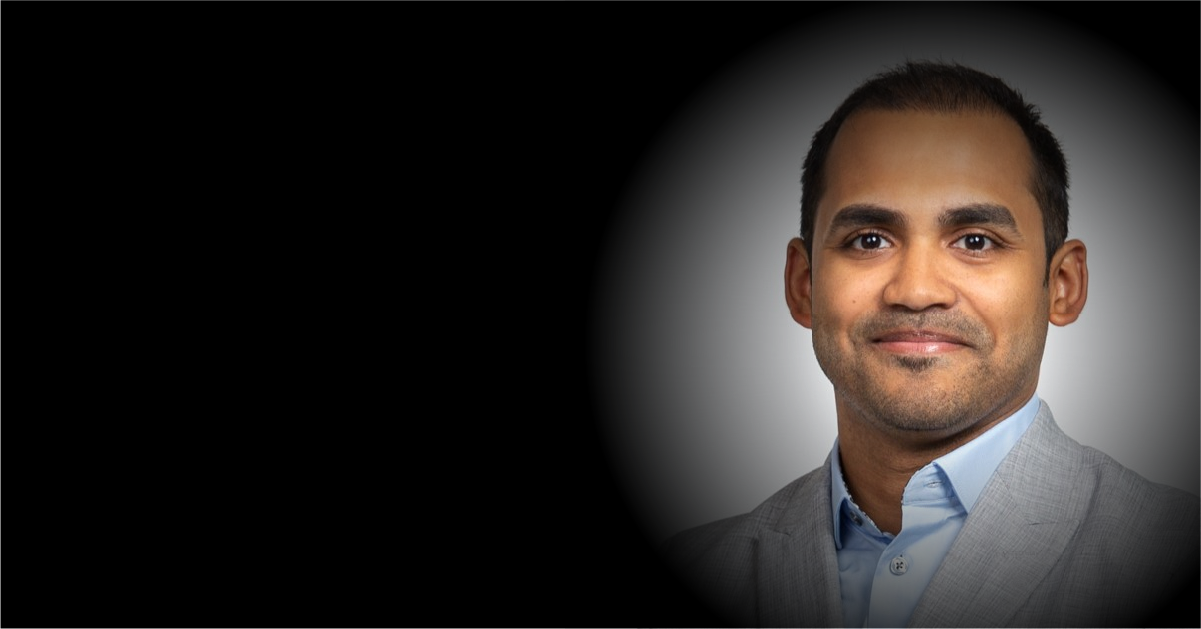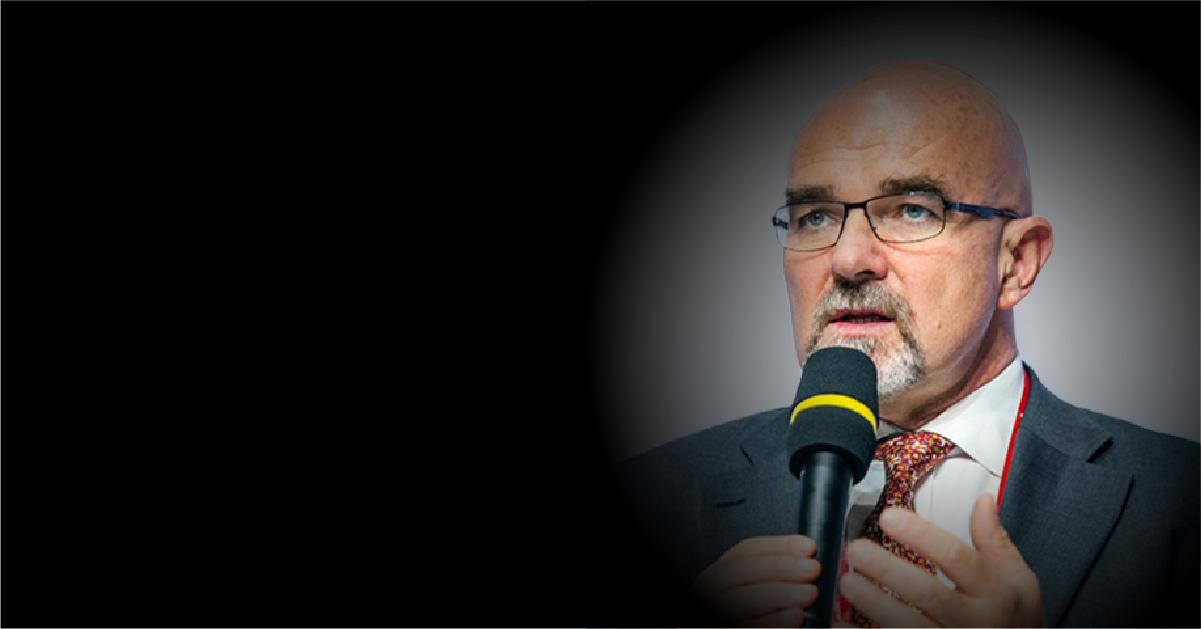There have been many ups and downs in businesses since COVID-19 was declared as a pandemic by the World Health Organization (WHO) on 11th March 2020, and the effect of COVID-19 on businesses have been many since, as countries established lockdowns in early March, following China’s quarantine measures.
At the time, Management Events ran a survey to find the impact of COVID-19 on businesses, what they were facing and anticipating, and the strategies they were forming to ensure business continuity.
In this follow-up report, we uncovered new insights on how top companies in Europe managed business disruptions from the coronavirus, and what their strategies were as the pandemic continued.
Recovering from the Impact
Our previous Executive Trend Survey found that 64% of executives anticipated the coronavirus to have short-term negative business impact with the majority expecting ‘business as usual’ within 2 – 3 months.
After 5 months of the pandemic, in one of our surveys with over 1,000 decision makers across Europe, out of the organizations that were negatively impacted by the pandemic, 31% said that they were currently in the recovery stage while 12% were already headway into the growth stage.
As it had been almost half a year since the coronavirus impacted businesses and operations worldwide, it was expected that affected firms would implement steps and processes to ensure the recovery and continuity of their business.
However, post-COVID-19 effects on business growth are another matter. With the anticipation of a volatile demand environment and unpredictable market behavior, organizations started identifying new growth areas and rethinking their corporate strategies to be more resilient and competitive for the coming future.
In fact, according to our survey, 43% of respondents anticipated a growth in business within 3 and 12 months after the survey was made.
Among the industries surveyed, the majority of respondents who anticipated slow revenue were from the banking, insurance, and financial services industries.
Covid-19 Effects on Business in Revenues
Based on our survey done 5 months prior, results showed that 86% expected a significant revenue drop due to direct COVID-19 effects on business, whereby 33% predicted a fall of more than 15% while another 33% forecast a 10% decrease or less.
Even 5 months down the road, businesses were still anticipating the negative revenue effects of COVID-19, showing the long-lasting financial impacts of the coronavirus.
44% of respondents were forecasting a drop in revenue in the upcoming 6 months. Meanwhile, the rest expected a revenue increase, but with the majority (40%) forecasting only a rise of less than 15%.
Nevertheless, business leaders were optimistic about their future financial flow, with 52% predicting a revenue increase of at least 15% within the coming 12 months and 18% foreseeing a boost of 15 – 30%.
The healthcare services sector was among the topmost industries that predicted a drop in revenue, followed by banking, insurance and financial services, logistics and transportation, and industrial products and equipment.
Budget Revision for Business Continuity
Revisions of budget and business strategy were the top focus areas for organizations in ensuring the smooth continuity of their operations.
59% of business leaders in Europe were reworking their budget plans and predictions in light of the pandemic effects, followed by a revision of business strategies and goals (50%). Meanwhile, cash flow preservation was a key focal point for 42% of businesses facing negative disruptions from COVID-19.
However, a majority of companies that started rethinking their goals and budget for 2021 were only implementing slight changes to their goals albeit with a lower budget.
On another note, organizations were also reviewing their client communication and sales channels, with 47% expanding their digital customer service channels and 37% increasing the adoption of digital sales channels.
Remote Work to Continue
As expected, video conferencing and online chat platforms (86%) were top technology investments as organizations continued with remote working. However, a number of respondents commented that their firms were already well-equipped with digital and remote work technology even before the pandemic.
Trailing behind online communication channels was the use of cloud technology, which was a key investment for 47% of executives in helping the effectiveness of remote collaboration and productivity. This was followed by cybersecurity software (29%) and project management and collaboration tools (25%).
Throughout the months prior, it was evident that “enterprises leading in digital transformation were significantly less vulnerable to the epidemic”. However, the number of organizations that were ahead in digitalization efforts and IT initiatives was in the lower percentage.
Only 15% of our survey respondents disagreed that the outbreak forced them to accelerate their digital transformation, compared to 64% of executives who agreed with the statement.
Data Reigns over Cybersecurity
Pre-COVID-19, cybersecurity was named as the topmost tech adoption for organizations’ business strategy in our survey.
At the time of this survey, while cybersecurity was still a key investment for 49% of surveyed executives, data science and analytics held the highest priority for 61% of business leaders.
Furthering emphasizing the importance of data, 79% of the respondents agreed that they were looking to update their existing data analytics models to accommodate changing market behavior.
This finding was in line with Forbes’ article on analytics spending, whereby “49% of enterprises were either launching new analytics and BI projects or moving forward without delay on already planned projects.”
Bullish in Bouncing Back
Perseverance, determination, and innovation are driving factors for organizations navigating the business implications of the pandemic. And our findings have shown that businesses are bullish in their ability to bounce back to ‘normal’.
As seen from our previous survey, 88% of business leaders expected to have their businesses back to operational levels within 6 months.
The finding corroborates with our previous survey, by which more than 75% of surveyed executives had a positive business outlook for 2021. 39% were predicting stability for the coming year while 38% were expecting business growth.
Moving Forward Post-Covid-19
For certain industries, the few months prior to this survey were a bleak time for their businesses, and for some, the impact of COVID-19 on businesses might be longer-lasting than others.
However as stated by a respondent, there are positive effects of the coronavirus crisis, such as the acceleration of digital transformation and IT initiatives.
COVID-19 clearly showed that businesses cannot afford to be complacent, and to constantly reevaluate their processes and strategies – not just for the resilience and sustainability of the company, but for the good of their workforce and customers as well.













